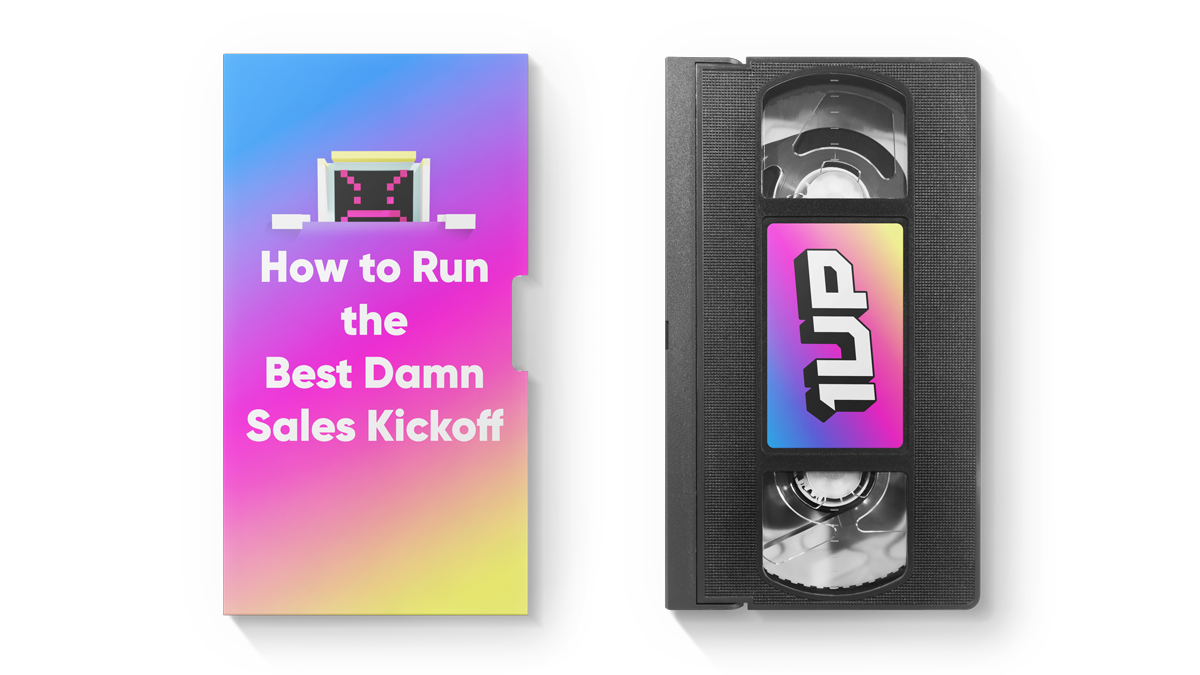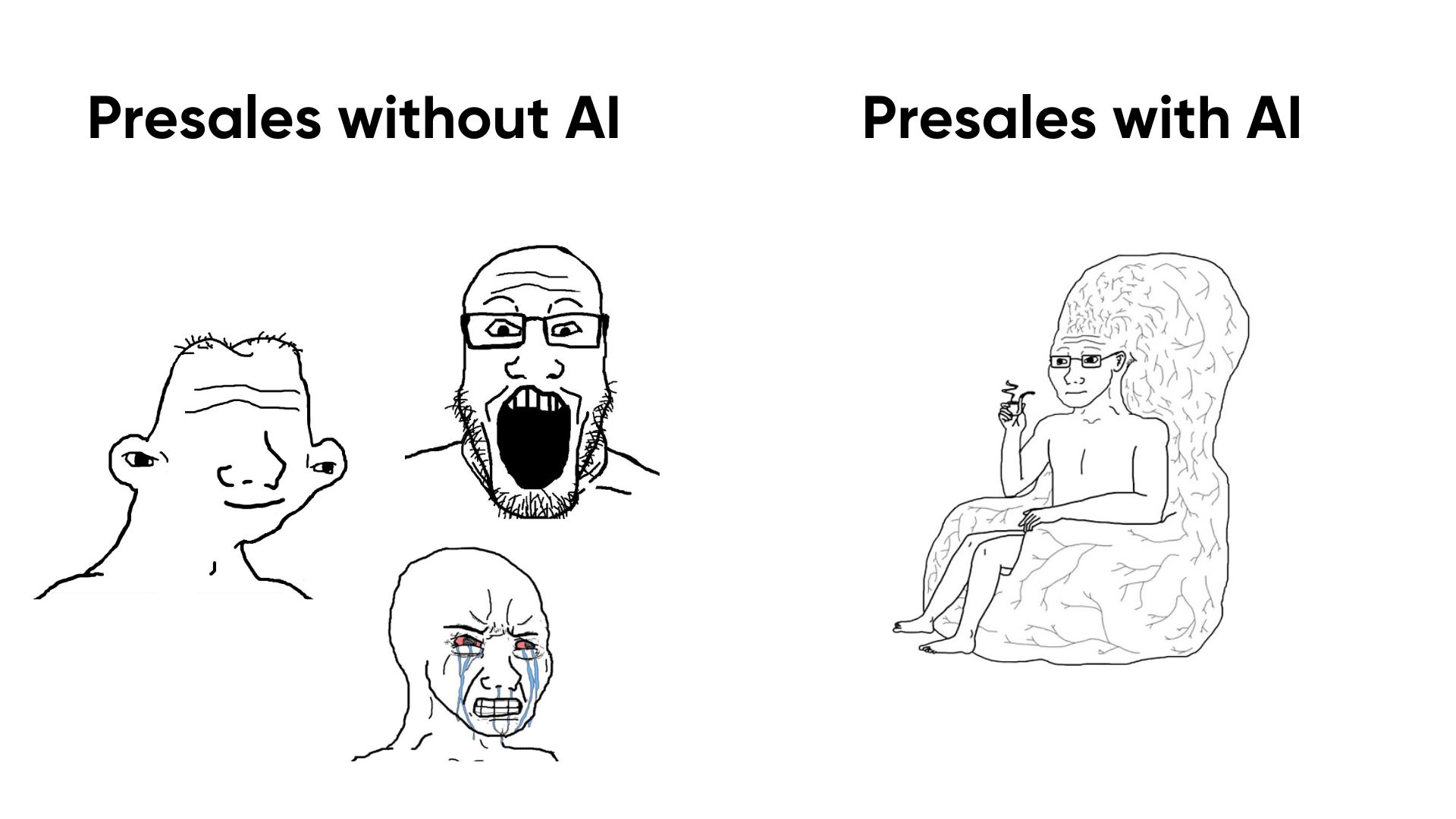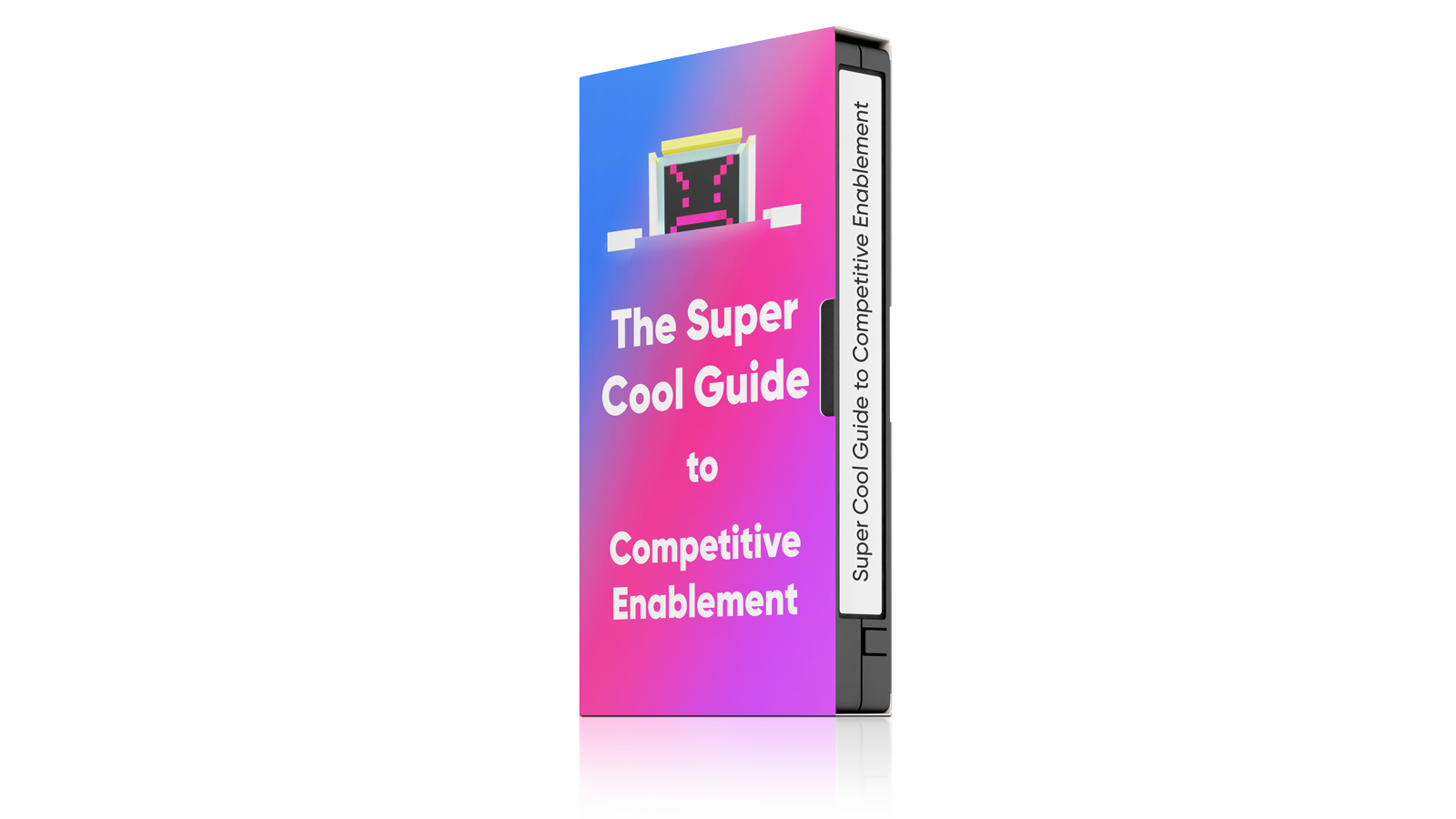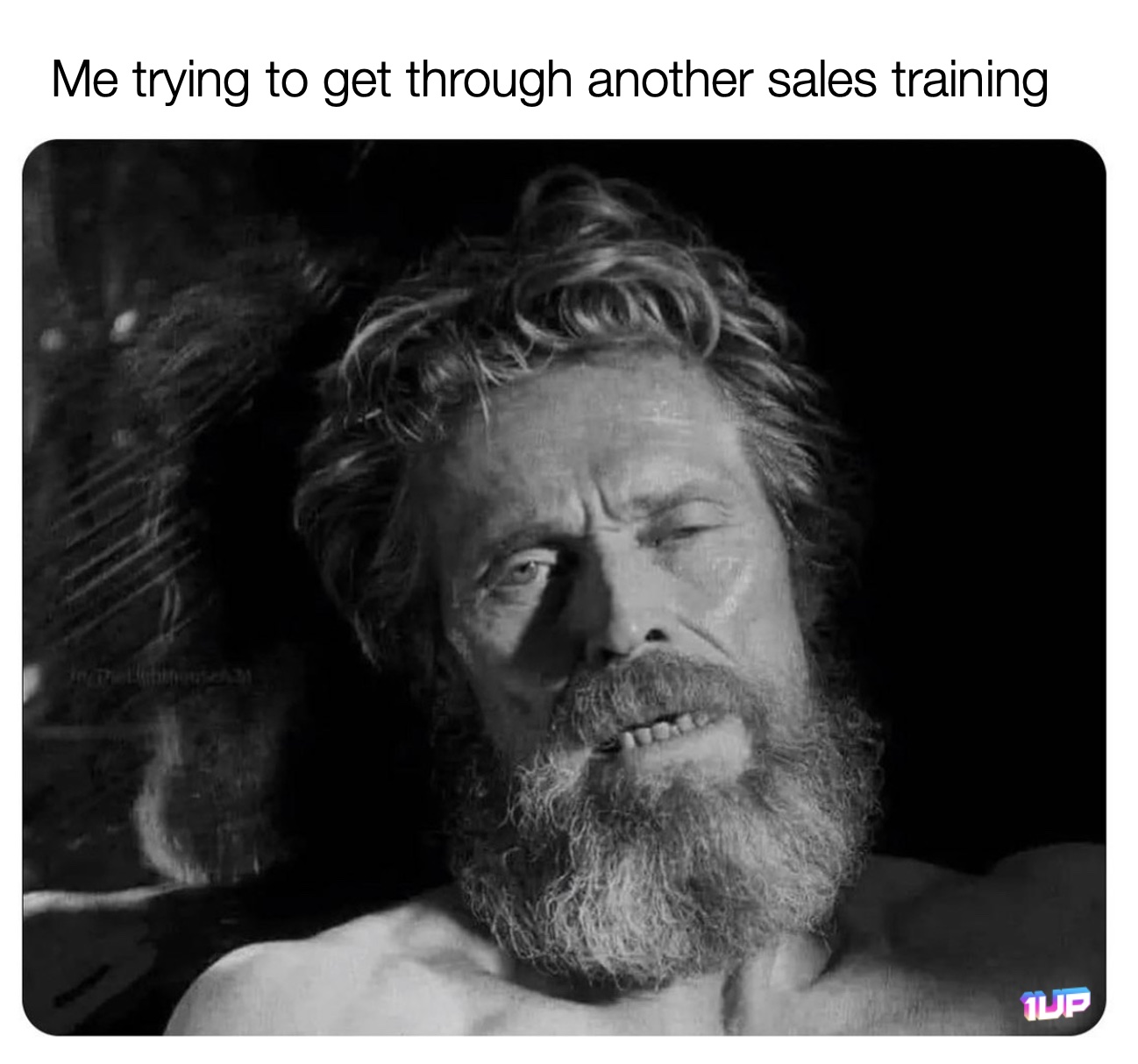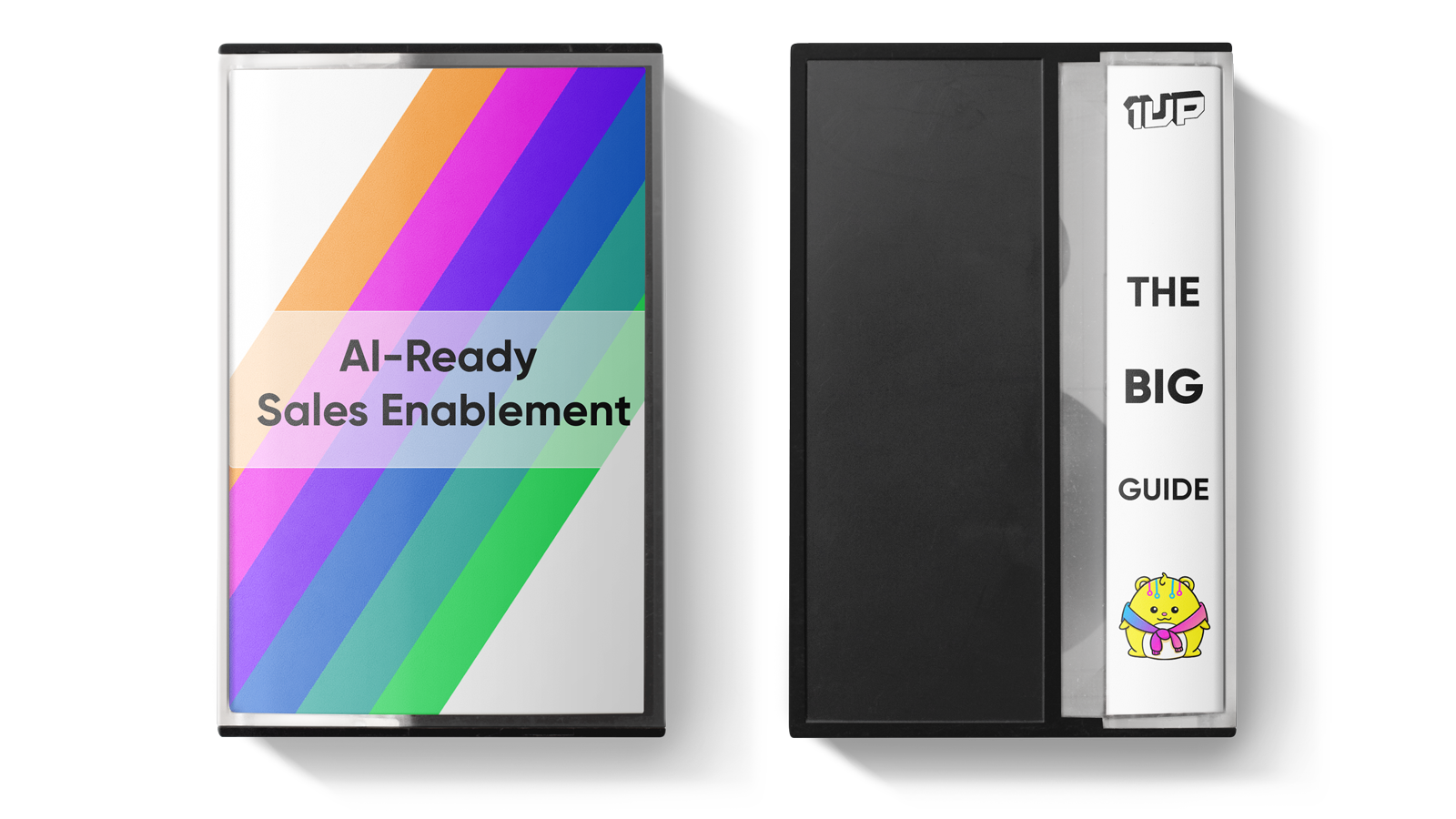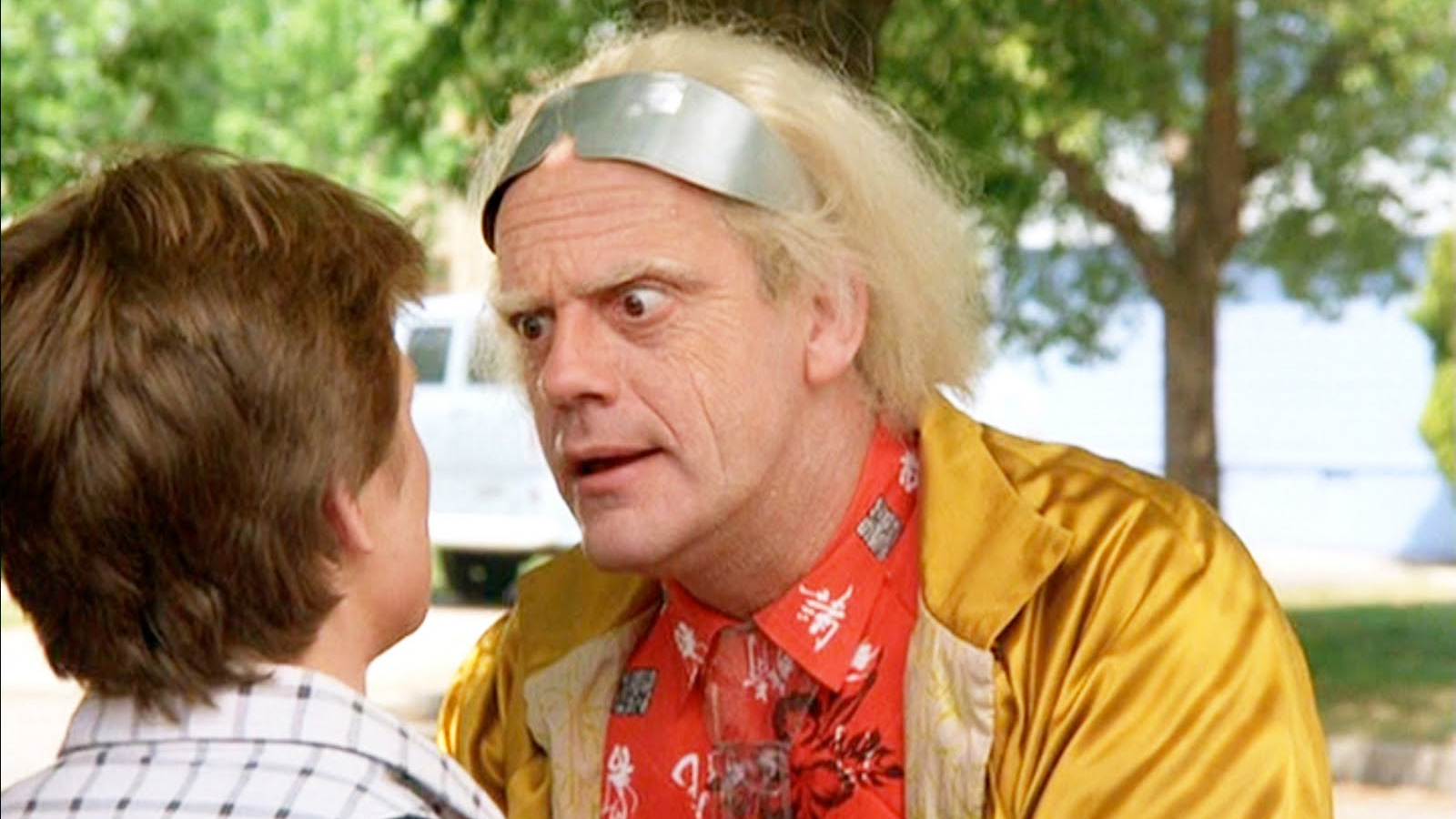The start of a new year means one thing for sales teams: the annual sales kickoff (SKO) session. Although it sometimes carries a bad reputation due to the overwhelming number of companies that still opt for a death-by-PowerPoint approach, a sales kickoff is arguably one of the most effective programs for revenue growth if executed properly.
A sales kickoff meeting involves a lot of hard work from everyone involved. This is where things can get tricky.
On the one hand, it needs to be motivating and engaging to generate the best results in terms of making a sale. But on the other, sales kickoffs are a serious undertaking designed to create alignment around goals and processes for the upcoming year.
Sales leaders achieve this by using SKOs to identify key learnings, implement strategic improvements, share knowledge across the organization, and prepare each sales rep for success. All that is easier said than done.
That’s why we made this guide for planning and executing the sales kickoff meeting you’ve ever had.
Key Takeaways
- The sales kickoff agenda is everything. Over-planning goes a long way toward making great sales kickoffs. There are a lot of moving parts, so keep the schedule simple and leave plenty of breathing room between events.
- Less is more. Sticking to a theme and building everyone’s content around that can make for a memorable event that doesn’t overload the sales team with information.
- Collaborate with your teams during the planning phase. Having 2-3 people to bounce ideas off from different parts of the sales org will help you build a much more engaging schedule.
First, what makes a great sales kickoff?
A successful sales kickoff is a periodic event that brings together an organization’s sales leaders, marketing, management, and customer service teams to ensure that they are working on the same page.
A great sales kickoff is a memorable event that your team will talk about for years to come. Some of the best bonds are built here. And best of all, they make for a great photo opportunity:
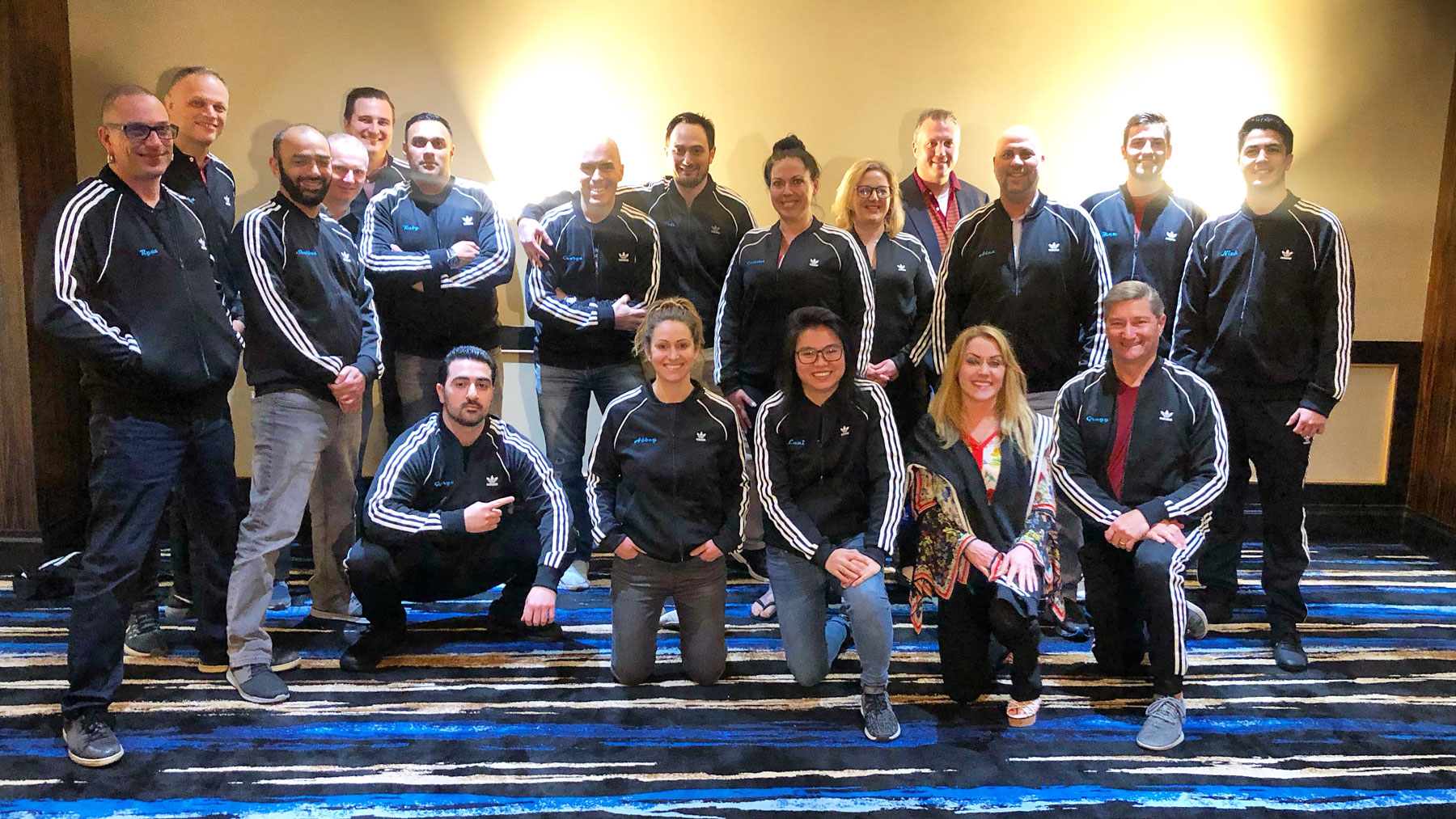
How often these events take place depends on the company; some schedule SKOs annually whereas others might choose to hold them per project or product launch.
Generally speaking, an effective SKO will:
- Focus on measurable goals
- Include the right people
- Have a solid agenda
- Cover compelling content
- Encourage ongoing learning and development
SKOs present a valuable opportunity for organizations to celebrate their recent wins, set goals for an upcoming year or project, align sales-critical teams with the goals of the business, and make sure they’re all singing from the same sheet of music.
Pick the best date
Make it EASY for everyone to attend.
Most SKOs occur at the beginning of a new calendar year or fiscal year. Indeed, there’s no right or wrong time of year to hold your SKO, nor are there any rules about how many SKOs you can have in a given year. What’s important is that your SKOs take place at a time and frequency that best fits your operations.
With that said, we don’t recommend scheduling your SKO for day one after the end of your last quarter or year. It’s difficult to get the attention of key stakeholders, your sales managers, your entire sales team, revenue team, and more, when they’re laser-focused on closing everything out. Let two-to-four weeks pass first before selecting a provisional date and check that it’s suitable by ensuring that it doesn’t clash with conflicting events.
Before selecting a date, check for:
- Major holidays
- Internal marketing events
- Events happening in the city of your SKO venue (conferences, marathons, etc.)
Notify the wider team as soon as a provisional date has been selected and put it in the calendars of all attendees so that they don’t double-book themselves. There are few things more upsetting than missing the big team event of the year.

Figure out a theme
One of the most important elements of a memorable sales kickoff is its theme.
A strong, well-chosen theme can be the factor that ties the SKO together by bringing focus and clarity to objectives, ensuring engagement, and shaping the messaging and overall stakeholder experience.
The specifics of your theme can be refined later on in the SKO planning process after you’ve mapped everything out – see the SKO agenda later in this guide – but having a tentative idea in place before you meet with organizational leaders demonstrates the importance of the SKO event and is more likely to speed up the approval process.
Your chosen theme should represent the organization’s mission, vision, and long-term goals while simultaneously engaging your team and giving them a sense of purpose, such as.
Some examples of themes we’ve heard from sales leaders around include:
- Pressure is a Privilege
How to turn the stress of prolonged cycles into a catalyst for closing deals. - Winning as One
Collaborative strategies to winning enterprise deals as a team. - Doing More with More
In an era of layoffs and efficiency, how do we maximize what we already have? - Changing the Game
Is your company carving out a new product category? Focus on what it takes to achieve this. - Light the Fire
Maybe your team is feeling burnout after a rough year. Remind them they’re not alone.
Draw up a budget
Budgeting is another essential element of the SKO planning process.
You should aim to create a high-level budget for CFO/COO approval early on in the process and work with relevant stakeholders to understand what budget requirements might be needed, ideally per head.
The first step in achieving this is to determine the headcount for your event by asking yourself questions like:
- Which departments should be involved?
- Will all personnel be invited, or only department heads and leaders?
- Is the C-suite going to be involved?
- How many speakers and presentations will there be?
- Do we need to make allowances for new hires?
- Are there any external invitees?
Having a rough idea of the total headcount makes it a lot easier to plan for things like venues, hotels, flights, and equipment.
Speaking of which, whether your SKO is going to be held at your headquarters or a third-party venue will have huge implications for overall cost. At 1up, we’re strong believers that an SKO outside the office encourages much more engagement and participation – remember, that’s the goal!
If you’re opting for a destination event, be sure that it has good travel and accommodation links. For the latter, reach out to multiple hotels for room availability and rate estimates. Your finance department will want to see a comparison of pricing between hotels, and consider the option of holding your SKO in a hotel’s event space where you may be offered competitive rates on food and beverage.

Build your SKO schedule
The overarching goals for any SKO are to ensure that everyone is on the same page, train and enable the sales team, and motivate everyone about the opportunities ahead. Your SKO agenda should be primarily informed by all the possible training sessions that you could deliver in support of these goals.
Think about the things that will help the sales function sell faster, more efficiently, and extract the most value out of every deal.
Be honest – what will help the sales team sell faster, more efficiently, and enable them to maximize every deal? What roadblocks need to be removed, and how do we adjust strategy to support these efforts?
When you’ve got an idea of what you want to attack with your SKO, you can determine the number of days needed to see it through to completion and begin setting the schedule for presentations, training sessions, workshops, roundtables, Q&As, and any other planned events.
Be careful to not overload your agenda.
We appreciate that this is easier said than done when you’re paying a premium to host your SKO and want to maximize the opportunities of having everyone together in one room but – and this is a BIG but – you’re going to disengage your audience if you’re relentlessly piling in presentations.
Keep the agenda light and more interactive and remember, quality over quantity.
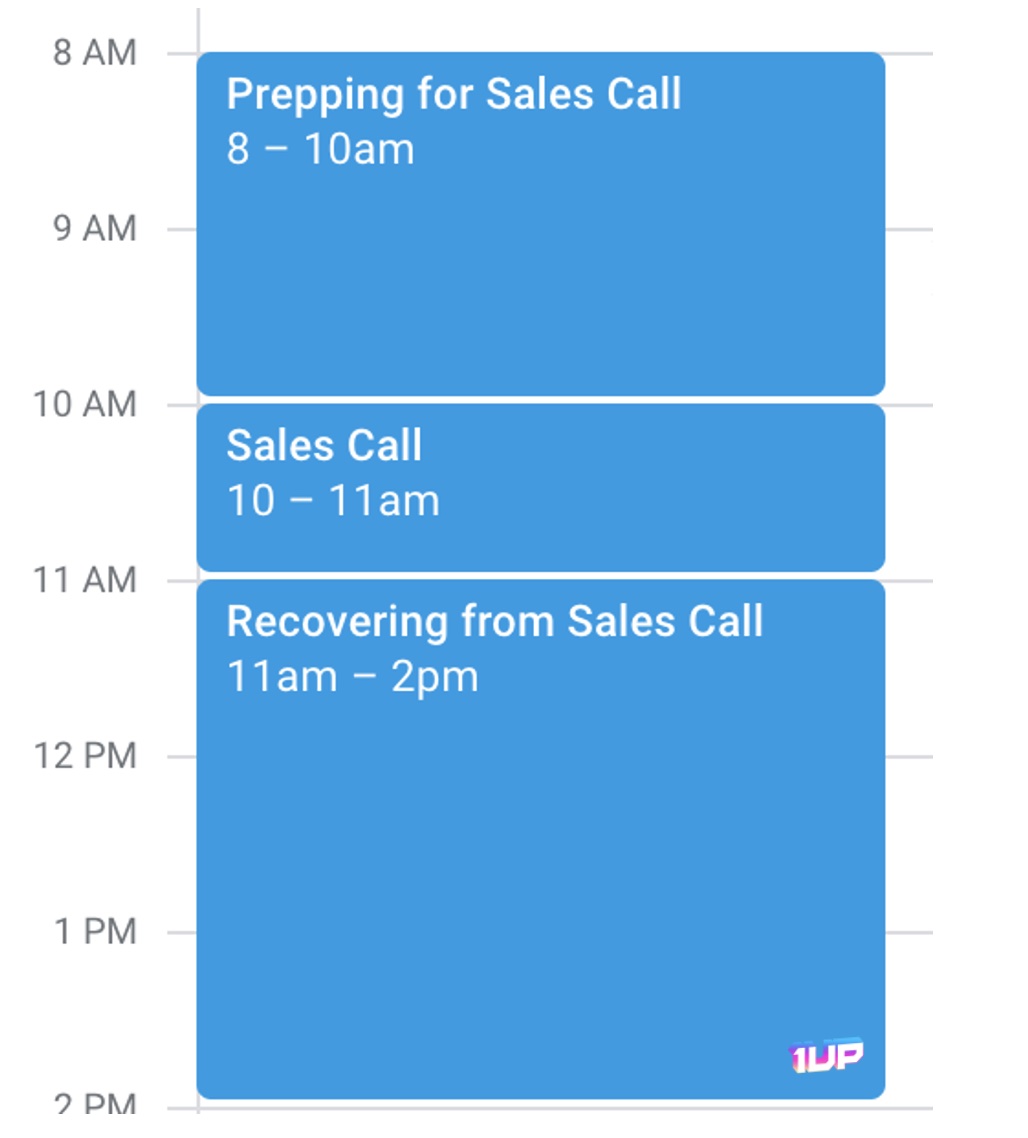
Sales Kickoff SKO Agenda Template
Sales Kickoff is a great time to get everyone on the same page. Crafting an agenda that’s easy to follow along and leaves room for the occasional late session is harder than it sounds.
That’s why we made one so you don’t have to 😊
- Determine SKO Theme
- Motivating, energizing, simple
- Elevate and unify the content being shared
- Alignment on Goals and Process
- Invite the leadership team to present company mission and strategic viewpoints.
- Define sales mission and goals
- Recap on previous year performance + key takeaways
- Lay out sales goals for the year ahead
- Include any SPIFFs, awards, President’s Club, etc
- Invite the leadership team to present company mission and strategic viewpoints.
- Sales Messaging
- Explain how the market and messaging has evolved. Give context.
- If there’s a new Sales deck, make sure the field has given input prior to SKO. There’s nothing worse than having a team of people who’ve never led a customer call create a pitch deck without feedback from those doing it on a daily basis.
- Have someone (usually the sales leader) present the updated sales deck to the team (present, then do a slow track presentation with deeper explanation, then present again). It’s good to demonstrate what an excellent sales pitch is.
- Let the team practice! Make it fun or make it serious, but incorporate role-play so the field leaves SKO feeling comfortable, confident and in alignment with each other. Role-plays can include objection handling, competitive scenarios, and having to sell to different personas. Make sure all customer-facing roles are involved!
- Product Updates
- Remember the audience.
- Do live-demos of tech as much as possible. Seeing the tech in action, and using slides for takeaways will be easier for people to digest information.
- If giving an update on Product Roadmap, include a slide that outlines a) where they can find updated information, b) who to direct questions to, c) where to submit product feedback/requests, d) who they can leverage on product as a resource for customer calls, and e) what deals qualify for this resource (if any)
- Competitive Intelligence
- Come to the table with new, valuable intel. Taking the information they already have and just making a prettier battle card isn’t the best use of time. Try to focus on the top-3 competitors, so you can spend more time preparing a highly effective training session. Don’t assume what they do or don’t know. Send out a survey to find out which competitors they feel most vulnerable against, specific objections they struggle to answer – and use this collective feedback as the foundation of your presentation.
- Review strategies when responding to customer questions about the competition. A Request for Proposal (RFP) will often mention competing products and ask your team to explain differentiation. Wether you respond manually or use an AI RFP tool, it’s important that your sales team understand your own product’s differentiation.
- Sales Strategy
- Leverage data to identify bottlenecks and come up with an enhanced sales strategy.
- Summary of where we’re winning and why (also powerful to share where we’re losing and why)
- Win Stories directly from the top-performing Reps/SEs
- Customer data trends
- Share upcoming SPIFFs to help motivate team
- Demonstrate new tooling and provide training. For example, if you’re one of the many companies deploying AI for sales enablement you should give the team a walkthrough of how they can get the best results.
- Revenue Team Updates
- Marketing – review the GTM plan. What worked well? What major events/strategies are coming up? What’s on the product marketing roadmap?
- Solution Engineer – discuss active deployments, Proof-of-Concepts, and best practices.
- Customer Success – review customer metrics such as usage, implementation timeline, blockers, etc. Discuss best practices for managing customer expectations, how to reduce delays, and any asks to improve onboarding experience.
- Customer(s) Keynote speakers
- Hearing from a current customer is ideal. Why did they buy? What challenges did they face in the buying cycle, and how did they overcome them? What did or didn’t resonate with the EB?
- Host a Q&A with a buyer persona. Ask tough questions that come up in the field.
- Channel partners make great guest speakers too.
- Team building
- Plan a fun activity outside the war room. Putting a face to a name and building personable relationships will have a huge impact on future collaboration/communication.
- Plan a fun activity outside the war room. Putting a face to a name and building personable relationships will have a huge impact on future collaboration/communication.
- Field Feedback
- Hit the difficult topics head on. Ask about bottlenecks, gaps in support, what is and is not working well. You need to dig deep on feedback from the sales org if you expect to action it.
And of course, here’s a neat Powerpoint template you can use to craft your own Sales Kickoff agenda.
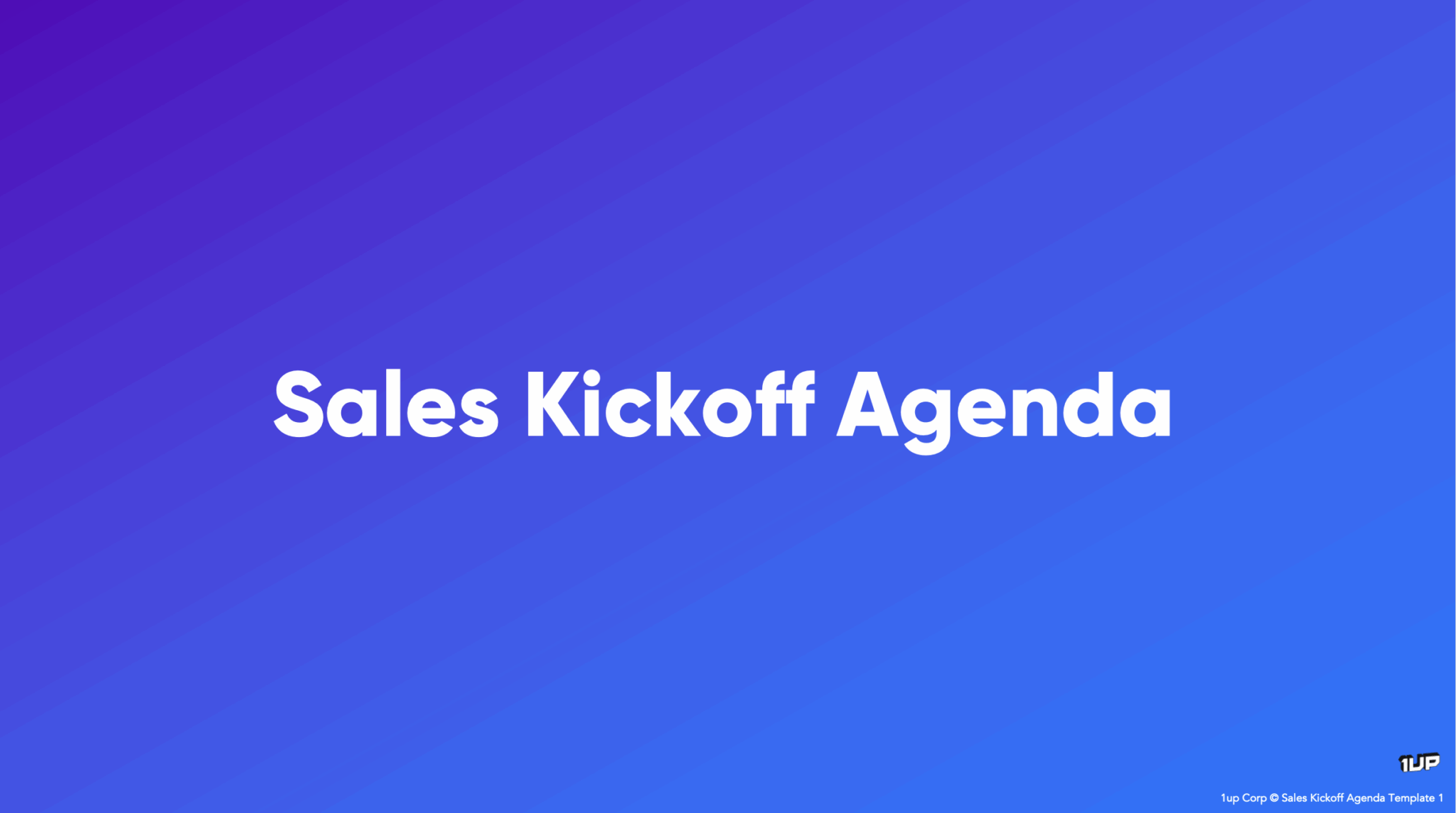
Throw a Party
You don’t want your attendees coming to yet another sales kickoff meeting. You want them pumped. It’s called a kick-off for a reason.
- Keep your party local, so your people don’t have to travel. And, if at all possible, make sure it’s in-person since virtual sales kickoffs don’t have the same effect.
- A nice themed restaurant always works very well.
- Encourage good behavior. This means modeling. The elephant in the room is that SKO often leads to some serious misbehavin’. So ensure your people keep it together.
- One sure way to do this is to limit the alcohol. Some people don’t drink. And some people don’t know how to drink responsibly. Set the expectation that drinking does not mean getting drunk.
- And finally, end the party relatively early, well before 11 PM. Nothing good happens after then. We all know it.
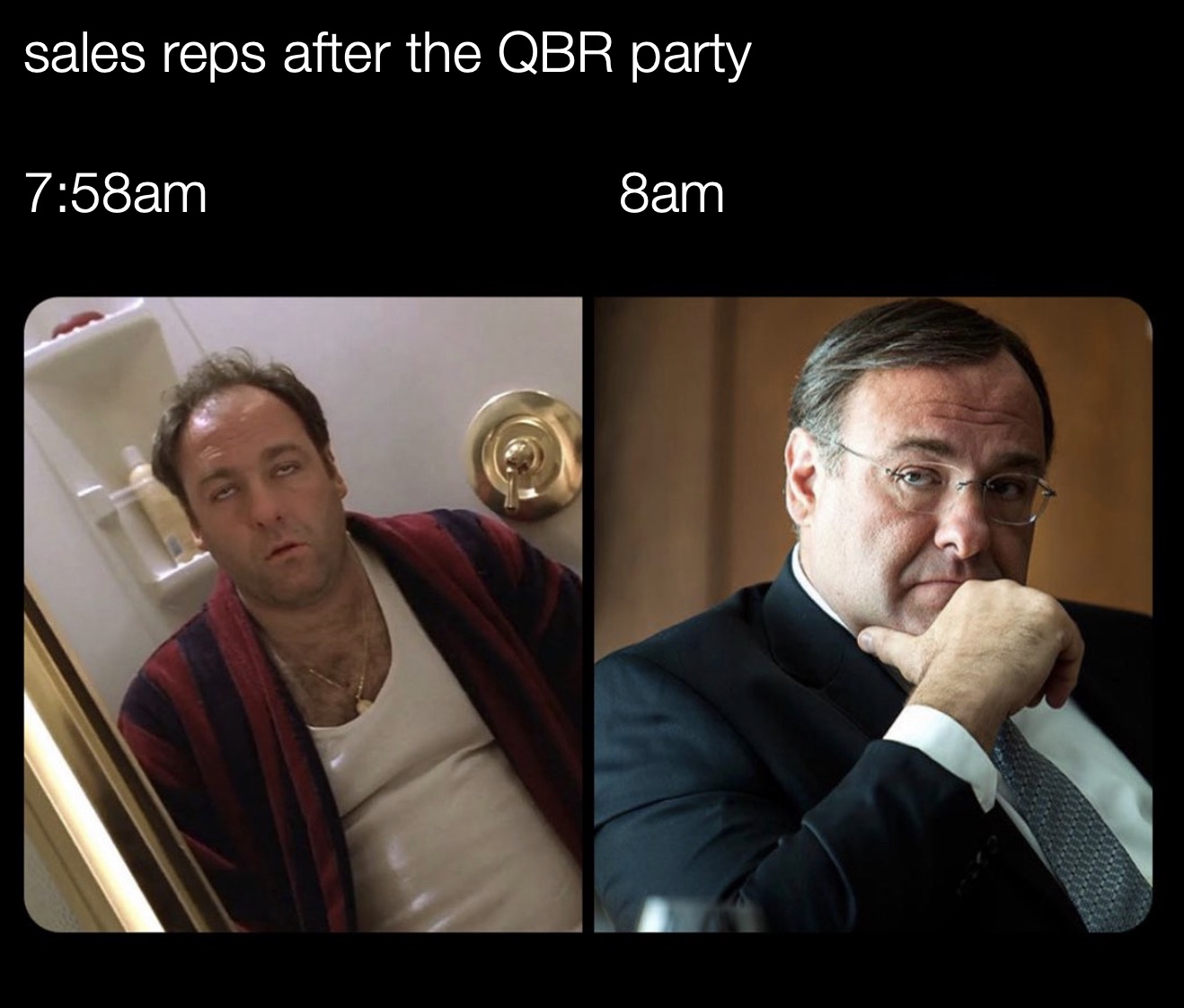
Seek buy-in and feedback
When you’ve got aWhen you’ve got a solid SKO plan in place with ironed-out financials, a workable schedule, and a definitive headcount then you’re ready to review it with the wider team before seeking buy-in from leadership.
Meet with everyone who’s involved at a high level at the same time to ensure that all departments are on the same page and that presenters understand the chosen theme. This meeting is also your opportunity to ensure that, no matter who’s involved, presentations are tailored to the sales team.
Consider things like:
- What does and doesn’t work well with the sales focus?
- How can you strategize for sales improvement?
- What’s the role of other involved departments (e.g., marketing) in this?
SKO is a great time to collaborate with the marketing department (I know, just trust us on this). You’ll not only get great advice you may even be able to offload some of the planning.
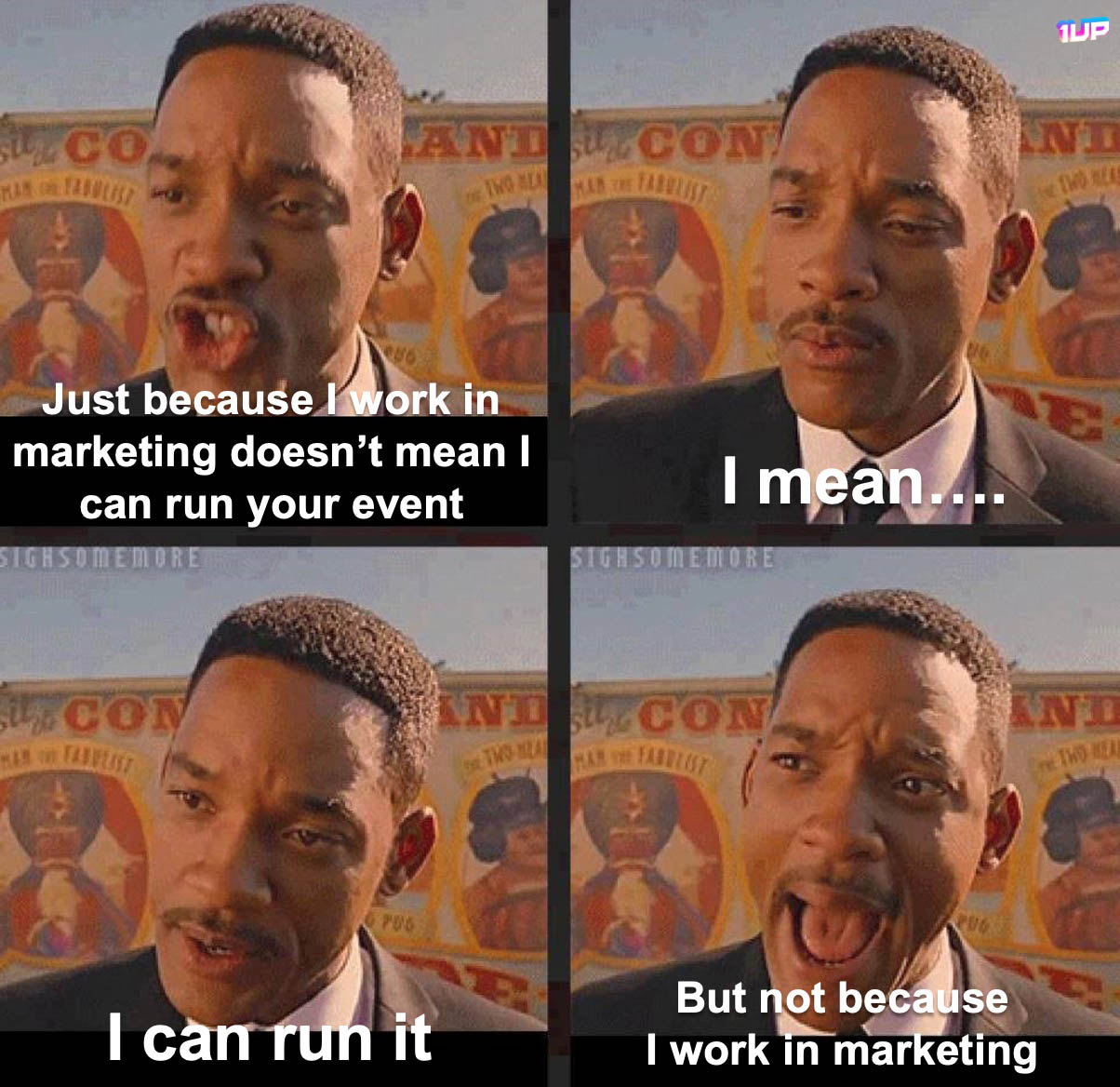
This meeting is also an opportunity to set rules and expectations for communications, resource sharing, and the presentations themselves. Tools like Slack and Google Drive are perfect for keeping things running behind the scenes and ensuring that information continues flowing before, throughout, and following the sales kickoff event.
As for the presentations, decide how you want these to flow and how the audience should participate. Most presenters encourage questions during the presentation and offer rewards and prizes for participation. This helps to keep the audience engaged and ensures they’re paying attention.
Finally, we recommend using this meeting to collect all presentations before the SKO so they can be loaded in and queued. his means that they’re ready to go and avoids any awkward moments on the day!
Remember, planning is the key to a great SKO
Your sales kickoff is a stellar opportunity to encourage your sales team to hit the ground running for the coming sales period. Each sales team is unique, however, and you must tailor your event’s theme, training, and presentations to your team’s culture and sales goals.
Investing in an agenda with high-quality content and training sessions that align with your organization’s sales mission and long-term goals will help to make your SKO a success and provide your sales talent with everything that they need to close more deals.
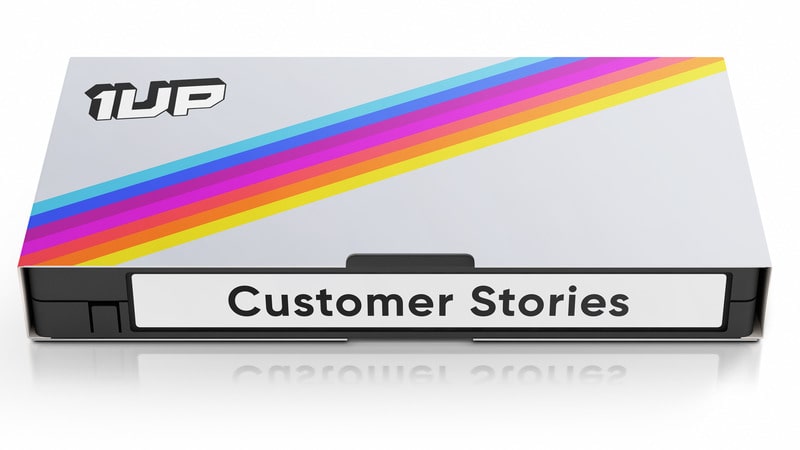

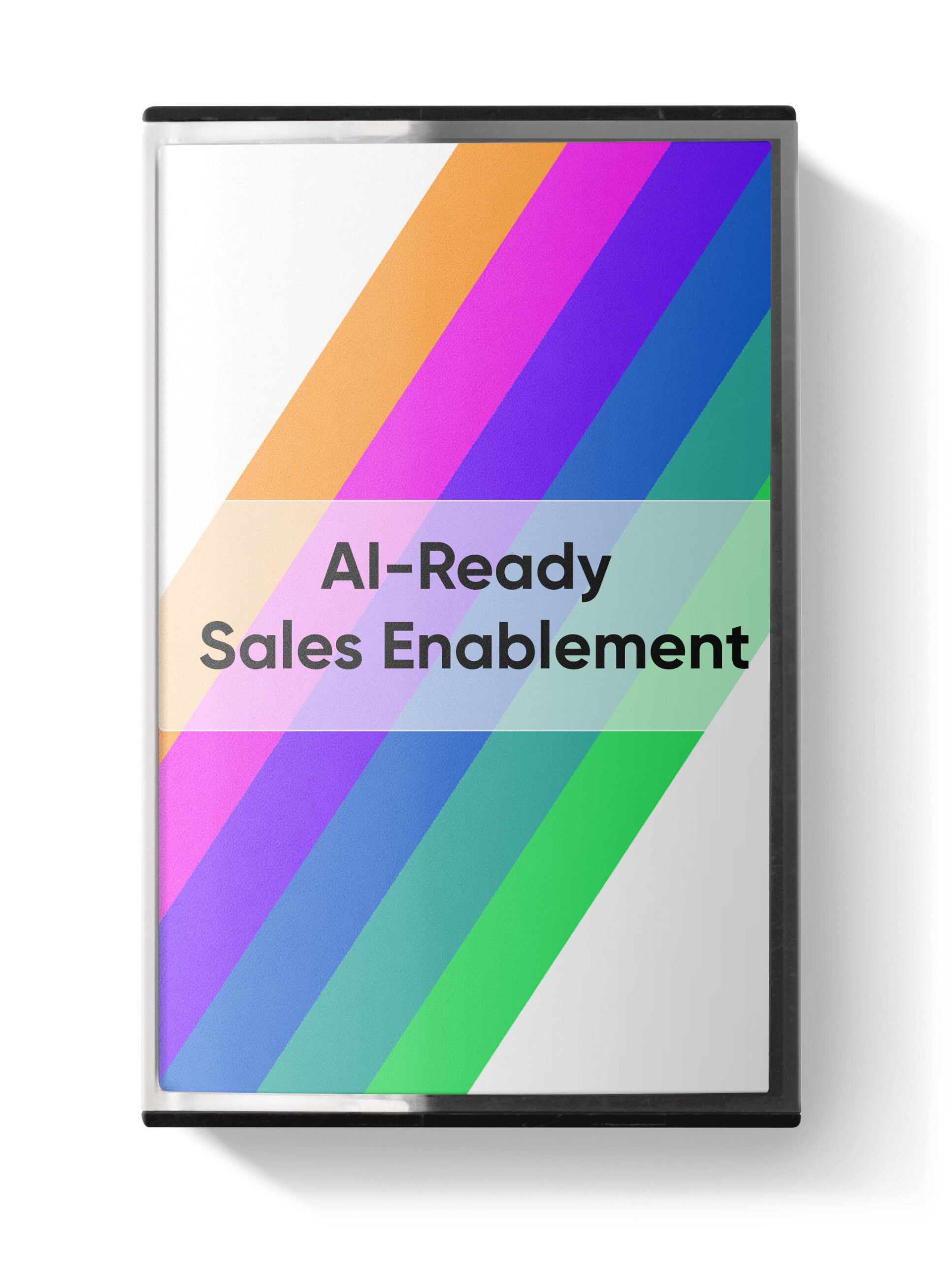
 Instagram
Instagram 

